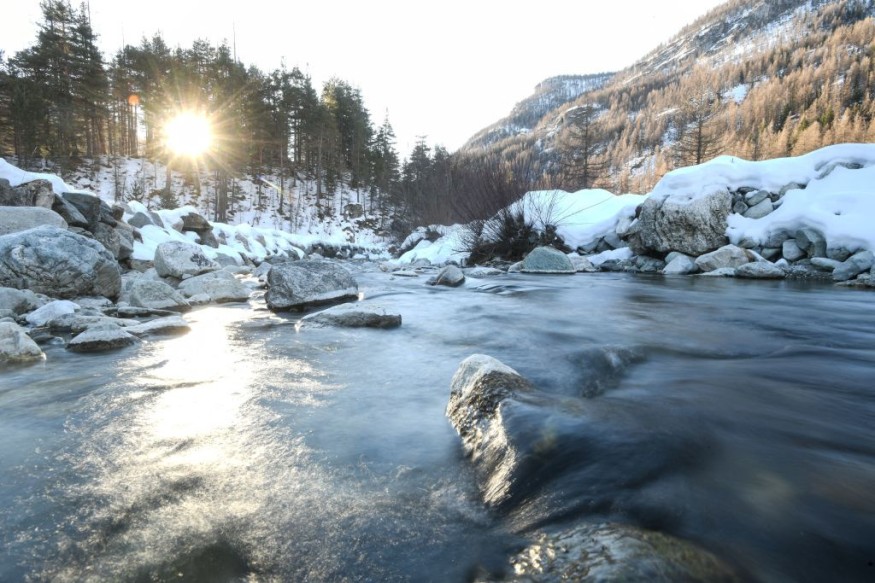Uzbekistan is ravaged again by deadly floods and mudflows following heavy rain, causing several casualties and widespread damage.
Latest reports suggested that the amount of rainfall that occurred in just two hours was equivalent to a month's worth of downpour.
The country is still recovering following related natural hazards over the past two years, which also resulted in fatalities and evacuations.
The Uzbek government reportedly considers the latest flooding as one of the worst natural disasters witnessed in 80 years
Floods and Landslides

At least four people were killed as a result of the flash floods and rockfalls in the Samarkand and Jizzakh regions following a short yet intense torrential rain on Wednesday, 20 April, according to the country's Ministry of Emergency Situations (MES), as cited by the natural disaster monitoring site Floodlist.com.
In Jizzakh, crops, houses, schools, and other infrastructures were damaged in the Bakhmal, Farish, Sallaaral, and Sharof Rashidov districts.
An unspecified number of people have been evacuated in the said areas with more than 100 being displaced.
At least 260 buildings and farms were damaged.
In Samarkand, the MES apparently received almost 300 calls, requesting assistance as buildings and roads were damaged, notably in its regional capital city of the same name.
Related floodings were also reported in the regions of Navoi and Qashqadaryo with no further details provided at this time.
Uzbekistan's Hydrometeorological Service said additional rainfall is expected in the coming days, as per Floodlist.com.
Central Asia Natural Disasters
Uzbekistan and its surrounding countries are prone not only to earthquakes but also to extreme weather conditions, such as torrential rain, flash floods, and mudslides
Natural disasters affect an estimated 3 million people in Central Asia, including almost 50% living in Uzbekistan each year, according to the Global Facility for Disaster Reduction and Recovery (GFDRR), as cited by the World Bank.
According to the World Bank, 1.4 million people are being affected by these catastrophic events in Uzbekistan annually with approximately $2.8 million worth of economic losses.
In addition, the organization cited that avalanches, mudflows, droughts, and extreme temperatures are also prevalent in the region.
Uzbekistan Climate
The climate in Uzbekistan is almost the same countrywide that has various seasons from summer, spring, autumn, and winter.
The summer season spans from June to August and is marked by hot and dry weather with temperatures that can reach up to 40 degrees Celsius, as per the Uzbekistan-based travel agency Uzbegim Tour.
The country is currently under its spring season which is between March 15 and June 15.
During this period, there is a high risk of occurrence of moderate to heavy rainfall which peaks until April.
Meanwhile, autumn lasts from September to November and is associated with rain and frosts.
Lastly, the Central Asian nation's winter is from December to February with unstable snowfall and freezing temperatures.
2020 and 2021 Flooding
The latest flooding in Uzbekistan this April came two years after a devastating heavy rain triggered major flooding that occurred in the country and its neighboring Kazakhstan, which prompted tens of thousands of people to evacuate.
In May 2020, a reservoir dam on the Uzbek side overflowed, prompting around 70,000 people from 22 villages in Uzbekistan to flee, flooding larges areas along the Uzbek-Tajik border, as per Reuters.
The Uzbek government reportedly managed to mitigate the situation by reducing the flow of water and diverting it to a nearby lake.
Meanwhile, in July 2021, a total of 15 people were killed and several others were injured in Uzbekistan and Kyrgyzstan due to flash floods and mudslides which swept away houses following heavy rain.
© 2025 NatureWorldNews.com All rights reserved. Do not reproduce without permission.





